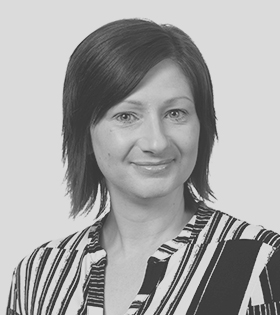Designs for the future – practical advice for filing international design applications
The US and Japan recently joined the Hague System that provides for international protection of industrial designs, to take the organisation’s membership to 64 countries.
Figures recently released by the World Intellectual Property Office (WIPO) show the number of Hague applications decreased slightly in 2014 compared with the previous year, although the total number of designs filed increased. (You can file more than one design in an application.) The EU Community Designs Registry OHIM led the way as the most designated state but, with the recent accession of the US and Japan, it will be interesting to see how the numbers change next year.
According to WIPO – which registers international designs – the Hague System provides a simple procedure for obtaining registered design protection in several countries, by filing one application, in one language, with one set of fees, at one office. So far, so good. But does that mean an applicant from one country can obtain protection in several countries himself without needing advice from overseas attorneys? Whilst it might be possible in some cases, it may not always be the best option.
The International Bureau of WIPO will examine an application for compliance with formal requirements. These apply irrespective of the countries designated in the application. The application is later examined by the IP office of each designated country. That country may have no significant criteria to satisfy, or the application may already comply. The application would then proceed to registration without the need to employ the services of a local attorney. However, countries like the US and Japan will conduct a substantive examination, and have specific requirements for allowability. A US/Japanese attorney would be needed at that stage to address any objections. The same is true if an application or registration becomes involved in contentious proceedings.
A US applicant could file a Hague application, designating OHIM, and the design or designs could be registered without objection. However, by not consulting an experienced European design attorney, there is a risk that the application may not be presented in a way that gives the best scope of protection in Europe.
For example, it is customary in the US to file a full set of representations showing the object of the design registration from all angles, often including at least one perspective view. This is because the appearance of the design must be completely disclosed. It is, however, not mandatory to do so in Europe, and there may be situations in which including one or more of these views is not desirable e.g. if it includes features that could easily be substituted with others or designed around. The scope of protection provided may not, therefore, be as generous as it could have been.
The formal requirements for the drawings also vary from country to country, e.g. whether shading should or should not be included, and whether broken lines can or should be used to disclaim certain features. Trying to address these issues several months after a Hague application has been filed may mean that there are limited – or perhaps even no – options to make changes to correct the drawings. Getting a registration at all may be at risk, or further costs may be involved in attempting to rectify matters.
There are many other variations in the design laws of different countries. For example, whether public disclosure before filing is allowable, whether publication can be deferred, whether multiple designs can be maintained in an application – the list goes on. As such, the value of local knowledge and experience should not be underestimated. Although it may not always be possible, seeking local advice before filing a Hague application – or even before filing a conventional “Paris route” application – can clearly be beneficial and help avoid problems that may arise further down the line.
So, what can we take from all of this? Both the Hague System and national routes have their place, and which is best will depend on the number of countries and designs of interest, the varying requirements between countries, and the costs involved. It should also not be forgotten that the renewal fees due on a Hague registration can be more expensive than for direct national registrations, so consideration of whether this counteracts any savings made on filing the application is also needed. WIPO’s online tool can ease the burden of the cost comparison, but is no substitute for contacting a professional advisor, who has the experience of the designs system in practice and therefore has the awareness of the issues post-filing that can impact on the overall cost and speed of protection.
If you have any questions, please contact Carrie Johnson or your usual Barker Brettell contact. Whatever range of countries might be of interest for your design protection, we will be able to determine the most appropriate and cost effective route, to provide you with a clear way forward to protect your design rights.



